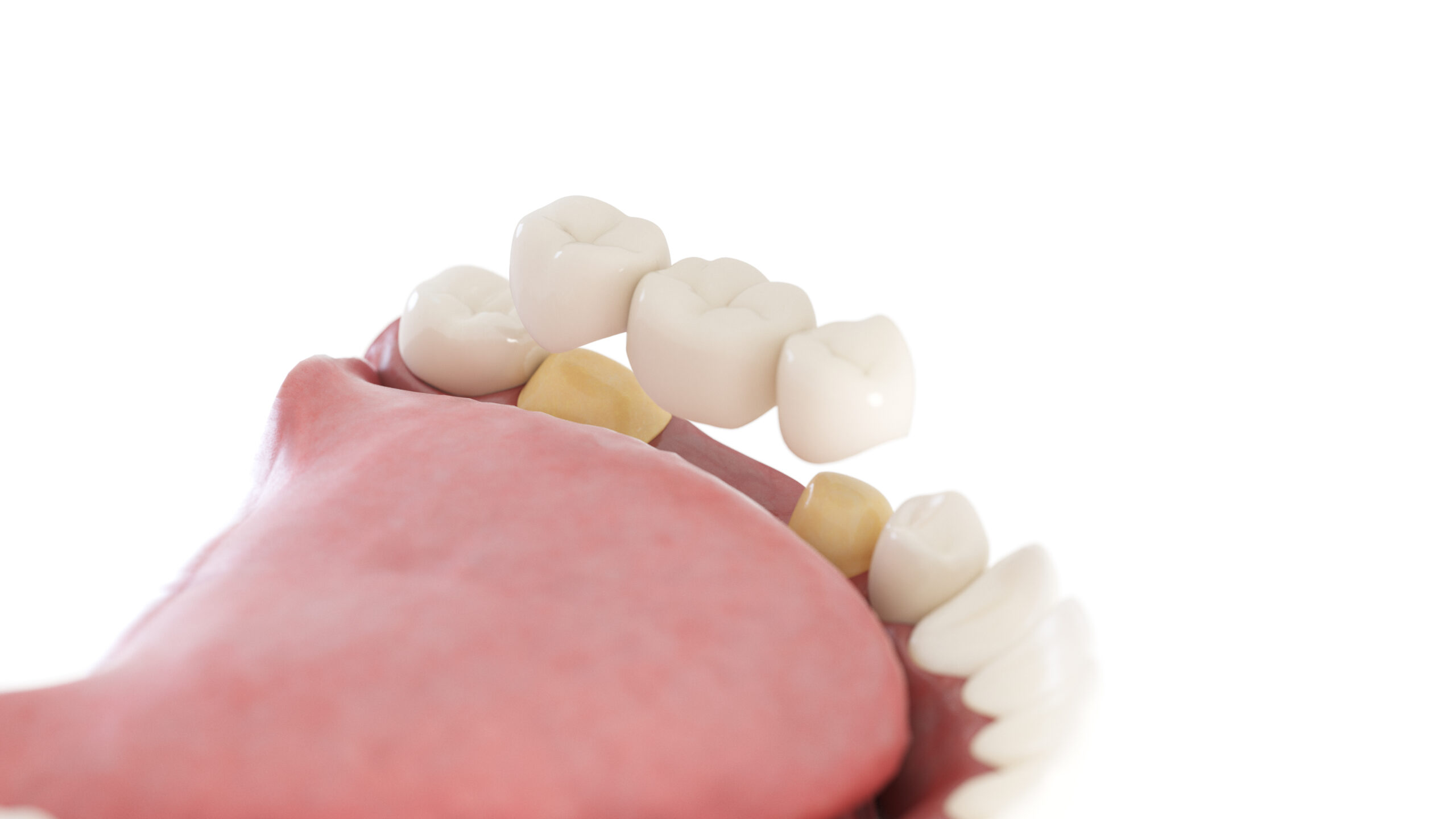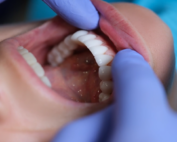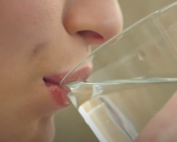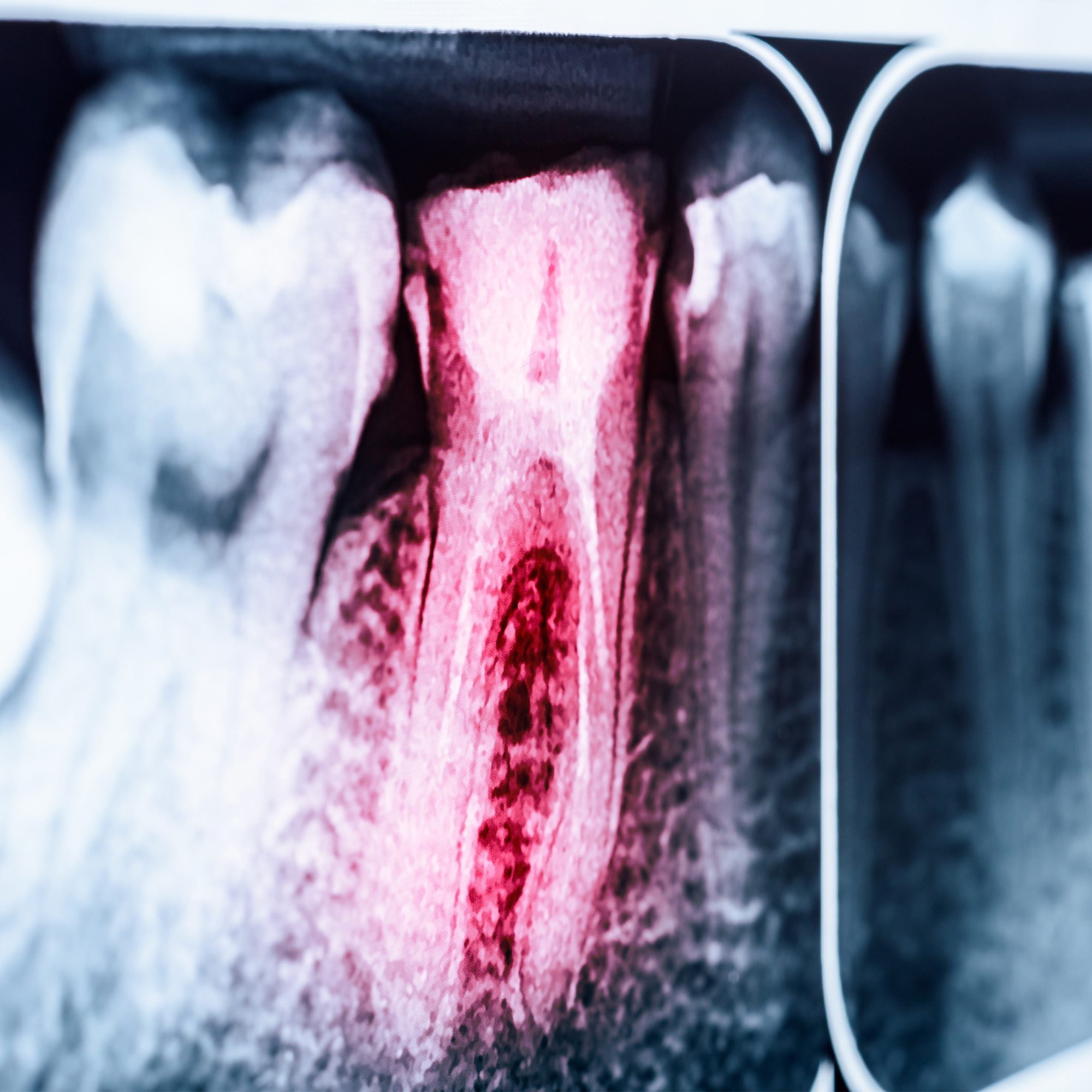 Molar and Bicuspid
Molar and Bicuspid
Implants
If we have to extract a tooth, it is usually because of tooth
decay, infection, fractures, or accidents. Sometimes we have to sacrifice the
original tooth. The cost of risk vs. reward of trying to save
natural teeth, in the long run, is sometimes not a good economic
choice.
Why Implants Might be a Better Choice
The alternative would be to take those teeth out and place
implants. Usually, without disease, we can extract a tooth and put an implant
in the bones. We place the implants and allow them to integrate or heal.
During the healing period of about four months, you where temporary teeth
until your implants have completely healed so we can
place
The most common teeth that we do dental implants for are the
molars and bicuspids, the smaller teeth in front of your molar. This is
because these teeth are used for chewing and will wear more, collect more
bacterial, and are harder to brush.
A Patient Example

The tooth all the way to the left in the photo above is a terminal tooth. The
two teeth to the right of them aren’t as easy to see in the x-ray,
but they were decaying as well.
The solution was to extract these three teeth and replace them
with dental implants. A root canal and post gum surgery would have cost her
way more than implants.
You Can’t Tell Which Teeth are Implants!
If you are considering dental implants, we will consult with you
to make sure you a healthy candidate for this and that itis the right option
for your situation. We can help you weigh the pros and cons of what options
you have.
To see if you are a candidate for dental implants or if you have
any questions, contact us at Bilski Family Dentistry today!


 Molar and Bicuspid
Molar and Bicuspid









